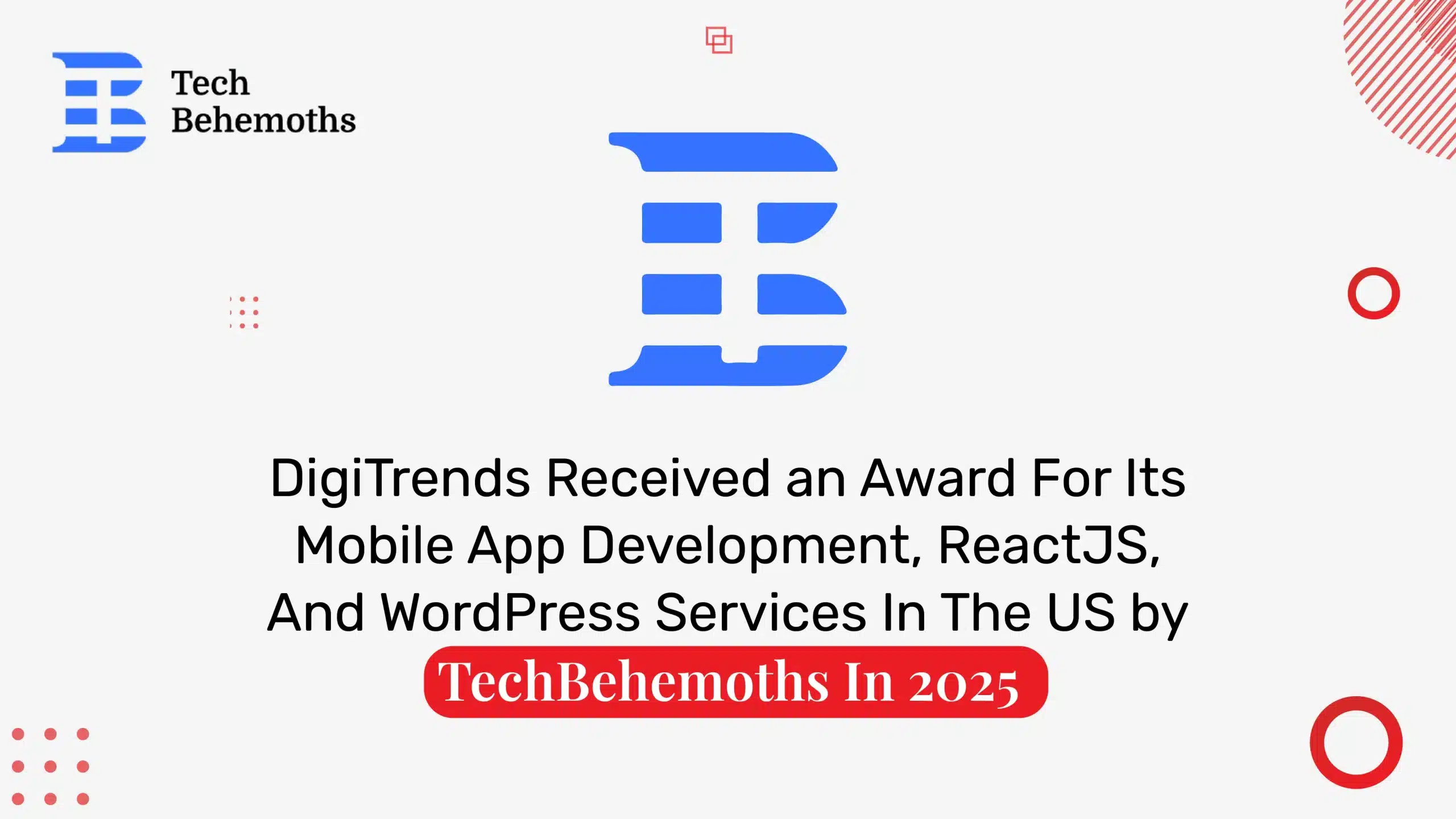Virtual Reality (VR) has come a long way since its introduction. It is rapidly growing from a relatively small technology to a widely known one with exciting new applications across various industries. Here’s a closer look into the latest happenings in the world of virtual reality app development.
Understanding Virtual Reality
Virtual Reality is a specifically designed simulated environment created using computer-generated sensory inputs. These audio and visual sensations create a fully immersive environment for users to discover. VR is an advanced piece of technology employed in various industries, such as healthcare, retail, education, entertainment, and tourism.
The Latest Virtual Reality App Development Technologies
Virtual Reality app development is constantly moving forward with the support of technology. Let’s brush up on some technology fueling virtual reality app development.
1. Enhanced Immersive Experiences
In 2025, developers are pushing the boundaries to make virtual environments feel as real as possible. Here are some of the technologies they are using to make it happen.
–Improved Graphics and Realism: Advanced graphics processing power and rendering techniques are being used to create more realistic and convincing world scenarios.
–Haptic Feedback: Haptic feedback technology is an advanced technological marvel that allows users to feel an artificial touch sensation when interacting with something as they would in real life. This technology is being used in special gloves to give users a sense of touch, enhancing their VR experience’s realism.
–Spatial Audio: Spatial audio is yet another technological advancement that works like surround sound systems to replicate how your ears judge the distance and direction of sound. By using this, developers can effectively replicate how sound works in reality to make the sound in virtual spaces feel more immersive and natural.
2. AI and Machine Learning Integration
Artificial Intelligence (AI) and Machine Learning (ML) are also significantly impacting VR app development. These technologies are being used to create smarter and more adaptive virtual environments.
-Personalized Experiences: Developers use AI algorithms to analyze user behaviour and preferences to tailor VR experiences to individual tastes. This means that each user experiences a special virtual world based on their interactions and choices.
–Dynamic Content Generation: Machine learning models are being used to generate more dynamic content. As the story progresses, new real-life scenarios or characters can be created, making each VR session unique and unpredictable.
3. Cross-platform and Cloud-Based VR
Cross-platform compatibility and cloud-based tech solutions are becoming more common, making it easier for users to experience VR across different devices and platforms.
– Cloud-Based VR Services: Cloud-based VR is gaining traction, allowing users to stream high-quality VR content without needing powerful hardware. Services like VR streaming are making it possible to enjoy rich VR experiences on less capable devices.
– Multiplayer VR Experiences: Cloud technology integration enhances multiplayer VR experiences. Users from different locations can interact in the same virtual space, making collaborative activities and social interactions more engaging.
The Latest Virtual Reality App Development Trends
Virtual Reality (VR) is transforming numerous industries by offering immersive experiences that were previously unimaginable. As VR technology advances, so are its applications. Let’s look at some of the latest virtual reality app development trends.
1. VR in Fitness
Virtual Reality completely changes how the fitness industry works by providing engaging and interactive workout experiences. VR fitness apps allow users to exercise in scenic virtual environments, from beautiful trailing landscapes to vibrant cityscapes, making workouts more enjoyable and motivating. These apps often include virtual group exercises where users can join live classes or workouts with others, encouraging a sense of community. By doing so, VR is turning fitness into a more enjoyable and engaging activity.
2. VR in Health and Wellness
Virtual Reality is also significantly impacting the health and wellness industry. It has been adapted as a useful therapeutic tool for mental and emotional well-being. VR therapy can help treat conditions such as anxiety, PTSD, and phobias by putting patients in a controlled virtual environment where they can confront and manage their fears. These therapies are becoming increasingly recognized for their ability to provide effective and flexible treatment options.
3. VR in Enterprise
Virtual Reality is also transforming enterprises by offering improved remote settings and collaboration. VR allows teams to interact within virtual meeting rooms and collaborative workspaces, bridging the gap between physical and remote teams. This makes meetings feel more engaging and interactive, wherein users can use avatars to communicate, share documents, and even visualize data in 3D spaces. In turn, this helps create a sense of presence, making remote work a more effective and inviting experience.
4. VR in Education
Education is another field where virtual reality is making strides. VR apps let students experience immersive learning through virtual field trips and interactive lessons. Students can explore historical sites like walking through ancient civilizations and dive into complex scientific concepts while never leaving the safety of their classrooms.
5. VR in Social Experiences
Social interactions are also being completely redefined with the help of virtual reality. By creating shared virtual spaces where users can interact in real-time, social VR platforms let people meet, chat, and collaborate in virtual cafes in other more broad social settings. Users can engage in activities together, attend events, or simply hang out, encouraging stimulating social relations and communications despite physical distances. This trend revolutionizes how people build and maintain social relationships in the digital age.
Key Factors Shaping Virtual Reality App Development
As the world of virtual reality expands, let’s explore the reasons for bringing about such a rapid change.
1. Increased Accessibility and Affordability
One of the most significant factors behind the growth of VR development is its increased accessibility and affordability. The drop in the price tags of VR tech-like headsets has made it possible for a wider audience to experience VR. This increased use is fueling a cycle of innovation. With more users engaged, the demand has increased, leading to further advancements in the VR field.
2. Bigger Investment
Bigger investments are also a major factor shaping VR app development. The growing interest in VR is attracting sizable investments from major technology companies, leading to further growth in the industry. Big corporations such as Apple, Microsoft, and Google are investing heavily in VR development, bringing about more innovative advancements in VR. These investments are crucial to pushing the VR industry forward and fully realizing its potential.
3. Cross-Industry Implementation
Another key factor shaping VR app development is its cross-industry implementation. Virtual reality is no longer limited to entertainment and gaming; it’s also making significant strides in healthcare, education, and beyond. Such a broad range of applications is creating new opportunities for the growth of the VR industry.
Wrapping Up
The world of Virtual Reality is expanding every minute, driven by technological advancements and a growing list of applications. From offering enhanced immersion with the help of advanced technology to fostering smarter and more personalized experiences, virtual reality app development in 2025 is leading the path to exciting innovations and solutions across various industries. As these technologies and trends continue to evolve, we can look forward to even more exciting developments in virtual reality.



